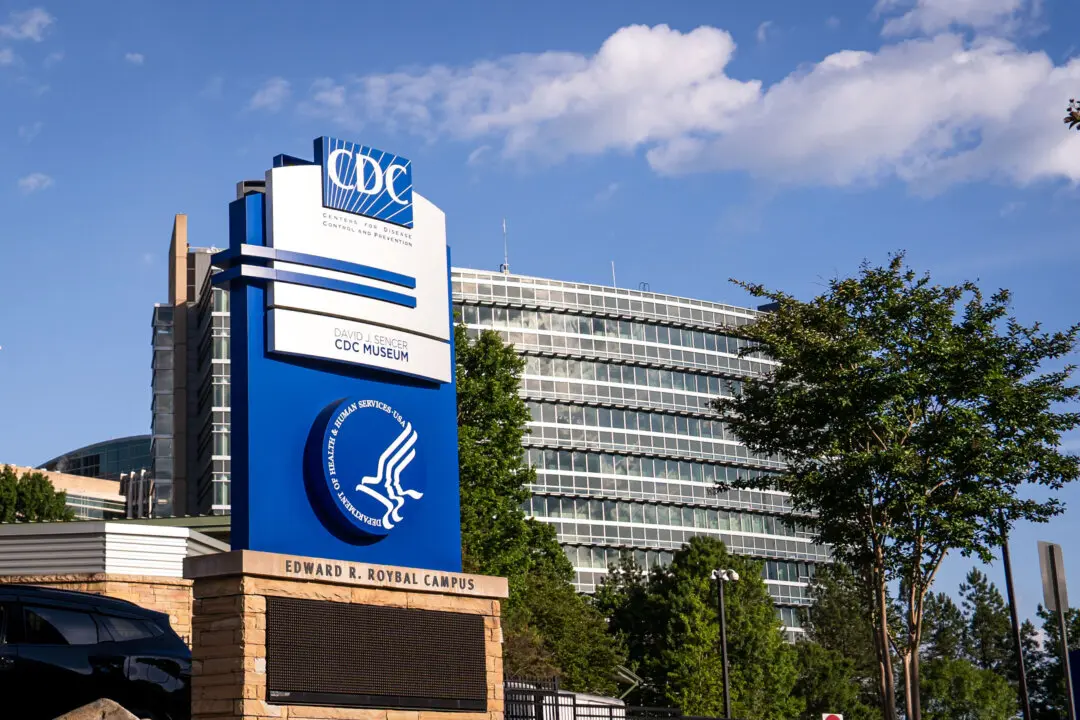A Tulsa, Oklahoma, initiative to increase its tax base by offering $10,000 for the relocation of remote workers to the city has—five years later—proven successful, according to a financial report (pdf).
Justin Harlan, managing director of Tulsa Remote, said the program was implemented to “reverse the ‘brain drain’ from small and mid-sized cities.”





